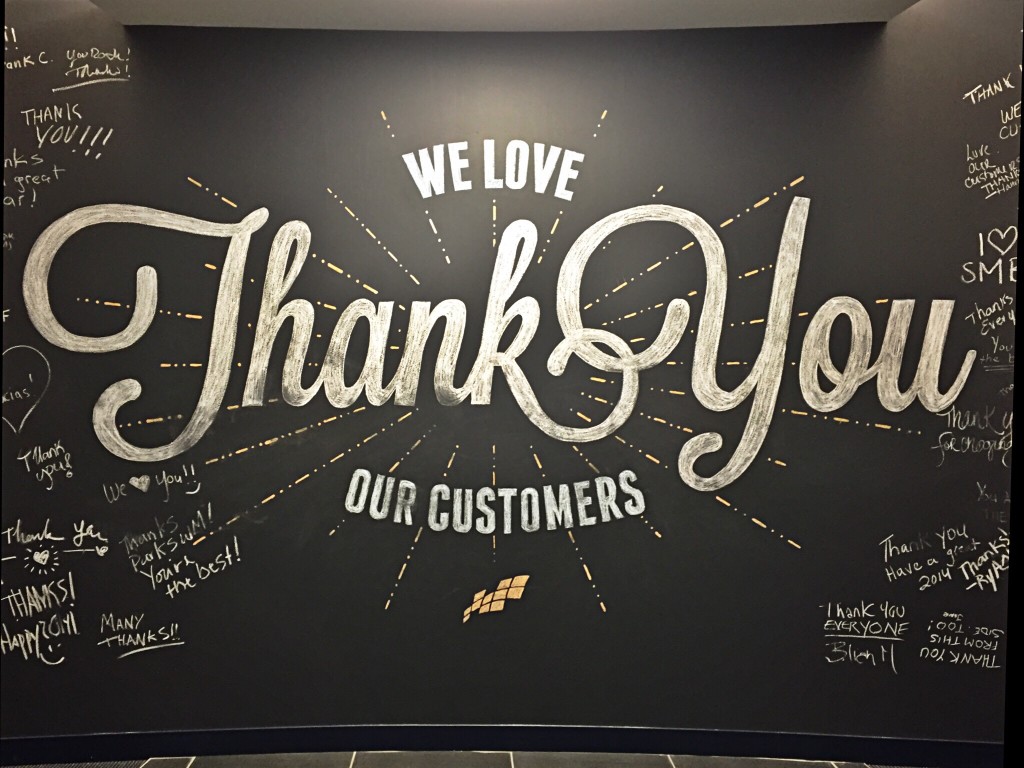On one of my visits to Starbucks, I was made to feel welcome by all of the baristas. They had clearly been trained well in this area. While waiting for my coffee, another customer returned hers and requested a new one in an unkind tone. She was met with silence, but the barista began to make the coffee over while complaining to her fellow baristas about their inability to write orders correctly, which was now making her look like the bad guy to customers. She remade the drink and handed it to the woman, but an apology for getting it wrong was never offered to the clearly annoyed customer.
It was very clear that everyone was not only uncomfortable with conflict, but unable to engage in it productively. This was two weeks after the day of anti-bias training that Starbucks so bravely committed to conducting in stores across the country. I noted to myself, if this is how they handle a simple every day kind of conflict by avoiding honest conversation, how can they possibly handle the difficult conversations necessary for handling bias incidents?
When a bias incident takes place in the workplace, especially when it becomes public, businesses often respond with anti-bias or diversity training. While it is important to respond and these trainings are essential, there are some inherent traps set in this.
Conflict involving bias is one of the highest levels of conflict that people not only want to avoid, run from, and ignore, but also are incredibly bad at engaging in conversations about.
Most people fear and hate conflict and would do anything necessary to avoid it. Implementing anti-bias and diversity trainings without giving people the foundational skills for engaging in and resolving conflicts often leave employees without the skills to resolve the conflicts that arise when they attempt to use what they learned in the anti-bias training. Learning how to skillfully and productively engage in and resolve conflicts is the missing ingredient for employees successfully using the skills that are taught to
them in anti-bias and diversity trainings.
In a basic conflict resolution training, employees can learn:
1. How to listen for understanding. Often we listen only up to the point at which we want to interrupt the person speaking so that we can make our point. Learning to hold off and listen past our comfort zone allows us to get a better understanding of what the person is really talking about.
2. How to reflect back, paraphrase what the other person is saying.
After we have listened fully to them, it is important to check in and make sure that what we have heard is what they were actually trying to communicate to us.
A statement like “so what I heard is” sets us up to repeat back the important content and even some of the feelings of the speaker. Then doing a check in like, “did I get that right?” allows them to confirm what we heard or correct it. The point here is that we continue to engage them before we speak.
3. Check in with ourselves about what we are feeling or thinking as a result of what we just heard.
A lot of us just jump in without checking in on whether we are having a reaction to what is being said. When we do this check in, we notice what feelings are arising, any physical reactions like the heart racing or heat rising. It gives us the opportunity to manage this by breathing or doing whatever it is we do to manage ourselves when this happens. The point is to prepare ourselves to respond rather than react.
4. Think and offer the best response we can to what was said.
Managing our emotions doesn’t mean we can’t care about and be passionate in our response, but taking a pause and giving ourselves a moment to prepare what we want to say and how we want to say it can often make the difference between offering the invitation to a conversation versus an argument. It does not guarantee that there will not be a difference of opinion, but it can indicate that we want to hear and engage with them.
Implementing thorough and ongoing training in conflict resolution skills will increase the chances of handling the day to day conflicts confidently and effectively rather than avoiding or escalating them. With this missing ingredient as a foundation, the difficult conversations around race, justice, equity, diversity and inclusion can be had more constructively, because when you are confident and skillful in conflict, you recognize right away the power a conversation can yield, even a difficult one.


